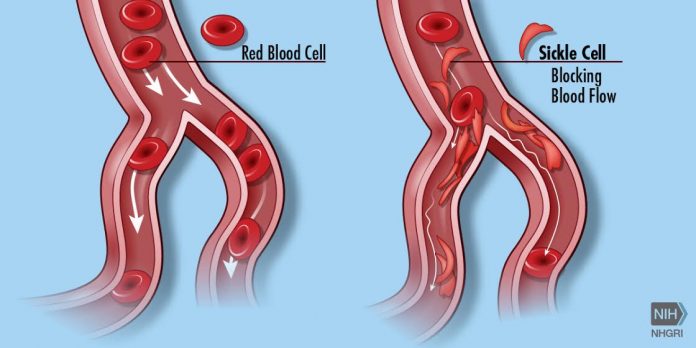Scientists at the National Human Genome Research Institute (NHGRI) are seeking the help of patients with sickle cell disease (SCD) to better understand the ailment. Through this initiative, the National Institutes of Health (NIH) hopes to develop new programs to reduce the severity of SCD symptoms.
SCD occurs when a fetus inherits two copies of the sickle cell gene. This produces abnormal hemoglobin, called hemoglobin S, which causes red blood cells to become stiff and abnormally shaped. These cells block blood flow and decrease oxygen delivery to the organs, which can cause excruciating bodily pain, kidney problems, a higher risk of stroke and chronic leg ulcers.
The severity of these symptoms varies over a patient’s lifetime, and is differs from case to case. SCD affects approximately 100,000 Americans, while only 5,000 Canadians struggle with it.
Vence L. Bonham, Jr., J.D., an associate investigator with NHGRI’s Social and Behavioral Research Branch, aims to look into the social, environmental and genetic factors that contribute to the type and severity of SCD symptoms.
In addition, Dr. Laura Koehly of the NHGRI is conducting research to better understand how families are affected by SCD. This information will help Bonham’s team to understand whether the role of the family is important to the onset of symptoms and complications associated with the disease.
Moreover, Dr. Koehly will review available sickle cell resources and will be asking study participants to evaluate these resources and provide feedback on what is missing. Then, her team plans to develop resources to help families better understand how to cope with SCD.
These studies will offer much more insight into a disease that is extremely rare in Canada, but more common in the United States. If one of your patients is suffering from this ailment, Canadian resources are available at www.sicklecelldisease.ca/.









